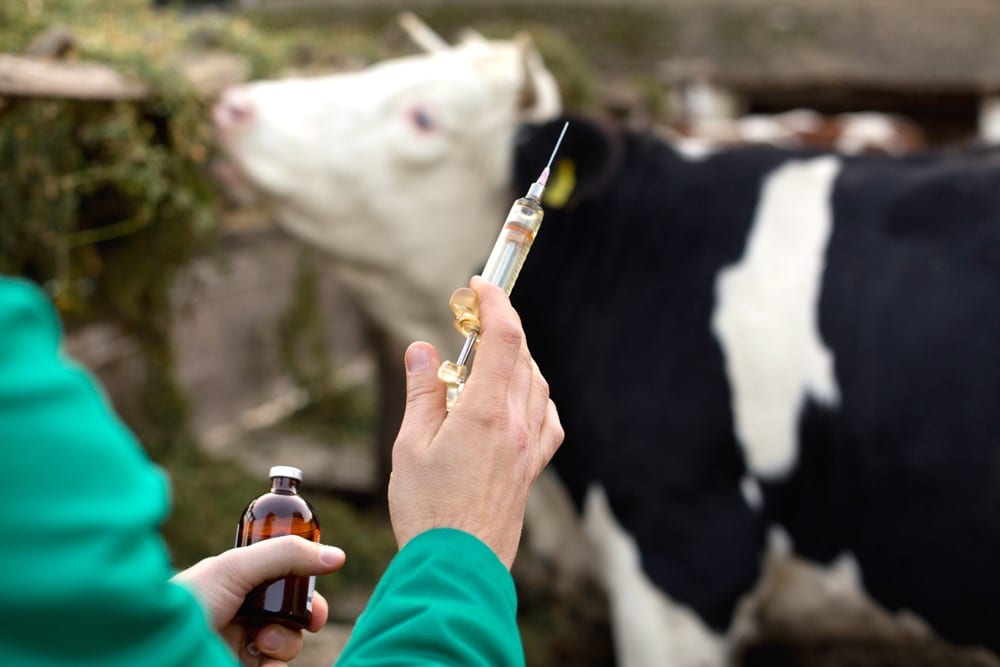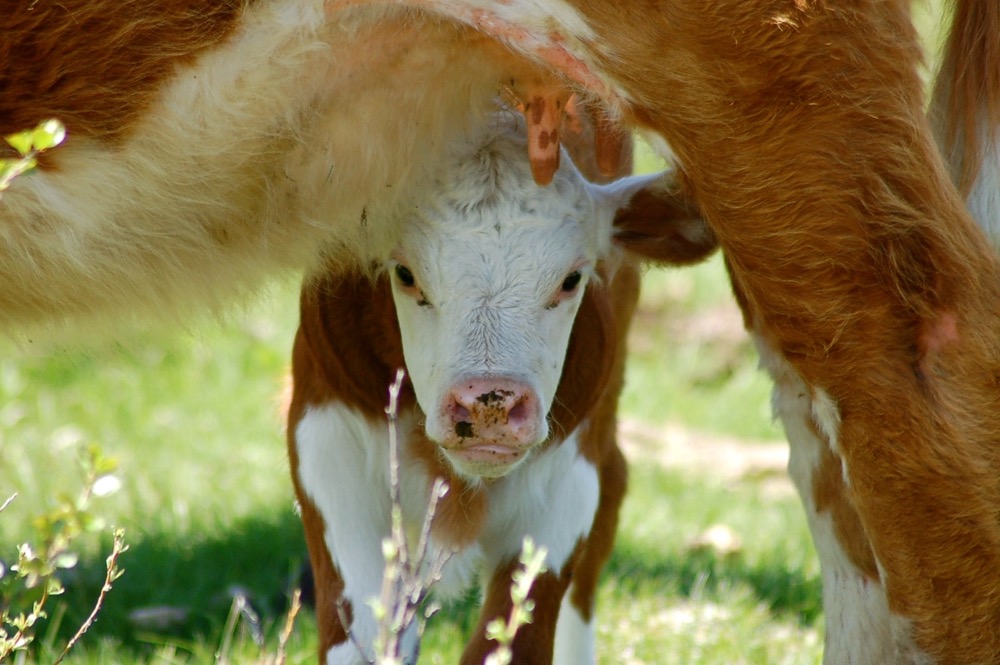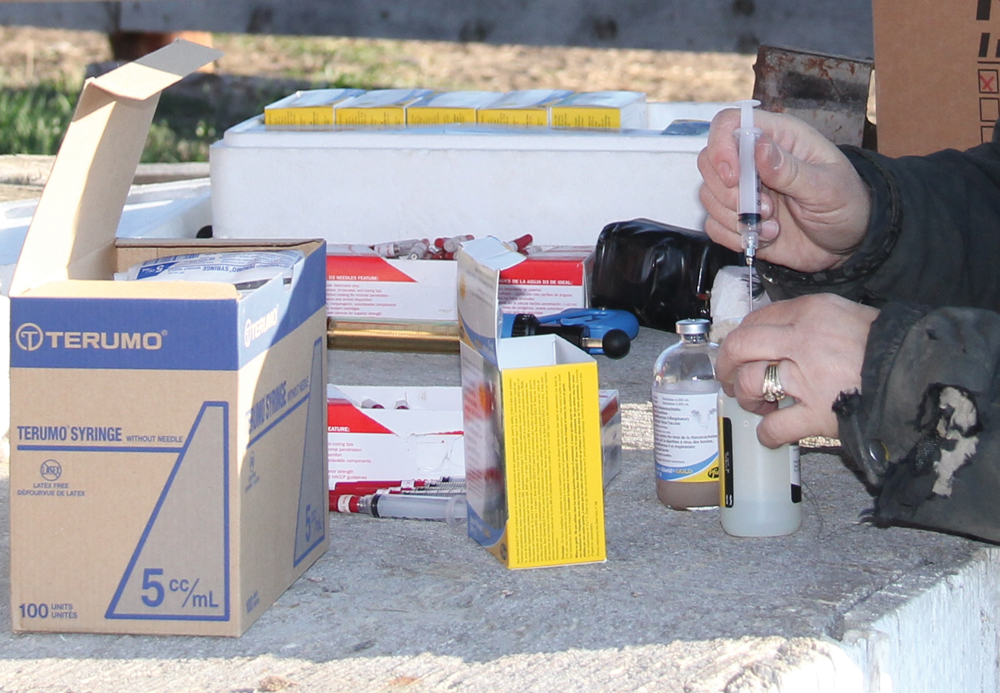As with your beef herds, in a veterinary practice many decisions need to be made regarding the treatment and welfare of our livestock.
One must always ask if the problem requires treatment with antibiotics, and if so, is there still a possibility of shipping or on-farm butchering?
There are many examples where the quick run for the antibiotics has left residues, preventing the option of sending that animal to slaughter. And now with some of the painkillers and anti-inflammatory drugs that can be used, we must also be cognizant of the varied withdrawal times.
Read Also

Harvest wraps up and fall work begins
At the Eppich famly ranch in western Saskatchewan, the fall harvest was successful with few breakdowns, cows and calves have been sorted and a new tractor has arrived
Every farmer or rancher should know their options as far as animals being fit for transportation for slaughter, which abattoir to go to and whether there are local on-farm butchers available.
This is where sometimes we may lose a lot of good-quality beef that could be consumable. There are some obvious and not-so-obvious conditions whereby meat can be saved, and others when meat should be checked by the lab.
When in doubt
Today, if butchering an animal and there appears to be some aspect of the animal, carcass or meat that is outside of normal variation, the producer-owner or on-farm butcher could take a sample and have it checked.
This can be done with an overall visual inspection. If there is still a question, send a sample to a lab for histology and a bacterial count. It is preferable to use a meat inspector working under the provincial labs. (You can go online and search meat inspection services for your province and find some excellent resource material.)
A service is now available that ante-mortem inspection can be done by video so the animal may still gain access to the provincial abattoirs as an inspected animal. If the meat is for your own consumption you don’t need to do this, but if in doubt and there is any question of some abnormality get it checked. It is worth the peace of mind.
On farm, if a healthy animal suddenly breaks a leg, meat quality is fine and it becomes an emergency slaughter situation. But in a case of severe and/or sudden lameness it may be a different situation. What we don’t want to do is treat for foot rot and be stuck with a drug withdrawal. Animals affected with lumpy jaw or wooden tongue, for example, are virtually always salvageable.
More-chronic conditions such as arthritis, kidney infections and low-grade peritonitis are often treated and products may be effective. But if the decision is made at some point to slaughter the animal, remember the drug withdrawal times.
Obstetrical case
Obstetrical cases are the interesting ones.
They need to be decided on a case-by-case basis and the butcher would need to work carefully. Again, if in any doubt or the cow looks overly stressed or toxic, then euthanasia and disposal with a BSE test is one option. Butchering in some cases could be considered.
Over the years butchering was done in a few circumstances and the meat if any question was later tested for edibility. Even if the meat is intended for your own use, it would be worthwhile to discuss the situation with your veterinarian first. Here, telemedicine or a video call could be used.
I know there is generally an abundance of animals to butcher on the farm but by making the most of the situation we may at least be able to salvage the meat. Many an animal that could have provided some return by butchering has been lost with a knee-jerk reaction of giving an antibiotic or painkiller without thinking the situation through.
If things go sideways. remember to get a BSE test as the autopsy that goes with that may help determine the best approach next time if a similar case comes along. Just as early culling may eliminate problems, an early decision about treatment may head us on the right course for success.















